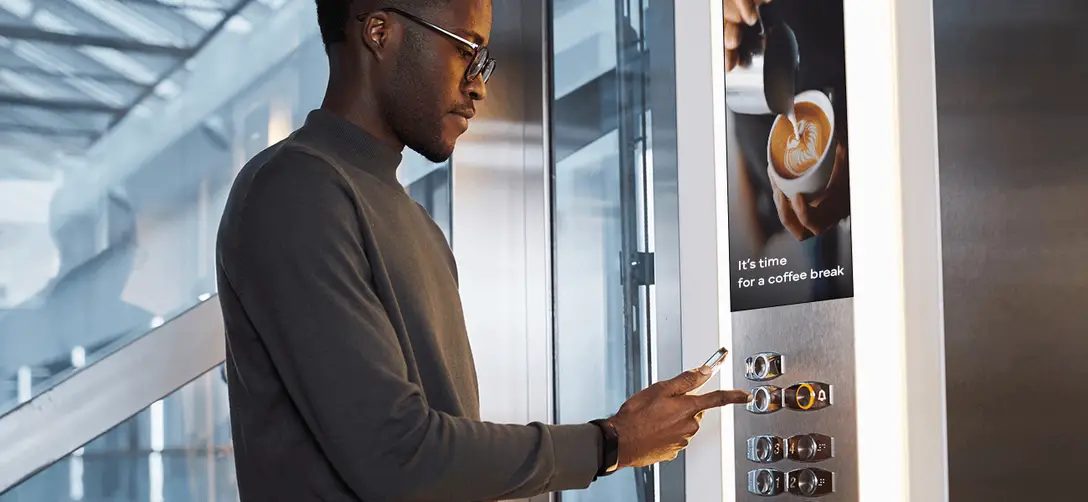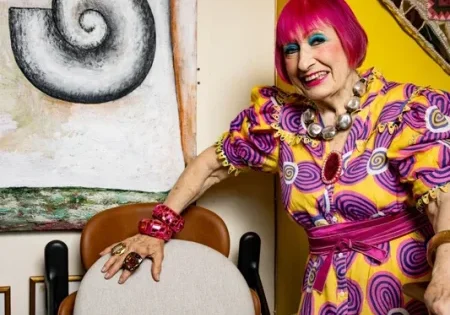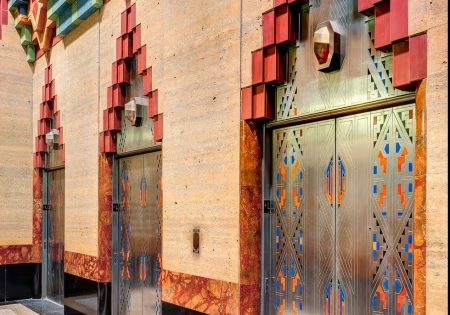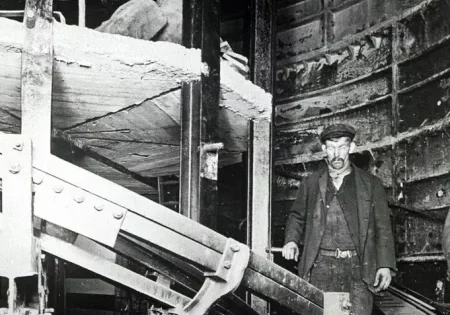Today’s blog topic is elevator ads, and not the ones that sell elevators. Advertisements are everywhere — even in slightly more subtle forms like product placement, influencer content or boosted search results. If there’s an opportunity to get face time with potential customers, brands want to seize it. And what better way to reach a (literally) captive audience than via an elevator?
Digital media companies like Broadsign help marketers engage with elevator passengers through digital out-of-home (DOOH) advertising. One study concluded that digital displays capture 400% more views than static displays, with a 47.7% effectiveness on brand awareness. To demonstrate the potential reach of in-elevator ads, Broadsign cites National Elevator Industry, Inc. research that concludes the average U.S. elevator caries 20,000 people per year.
Of course, the elevator must be equipped with a digital signage system to display DOOH ads. Types of screens and components vary, but such a system would usually include a high-res digital display or screen, a digital signage media player and digital signage content management software (CMS). Schindler, for example, offers its own CMS and several display options. The Schindler Ahead MediaScreen is a media solution with a 36-in. display, the Schindler Ahead SmartMirror is both a mirror and a screen designed to be unexpected and the maximum-impact Schindler AdScreen covers the entirety of the cab’s back wall.
The value of the DOOH advertising market is predicted to grow to more than US$20 billion by 2027. Add to that the potential for Internet of Things and AI in elevators to make ad targeting more precise than ever, and it’s clear that in-elevator advertisements are a win-win for marketers, elevator owners and OEMs.
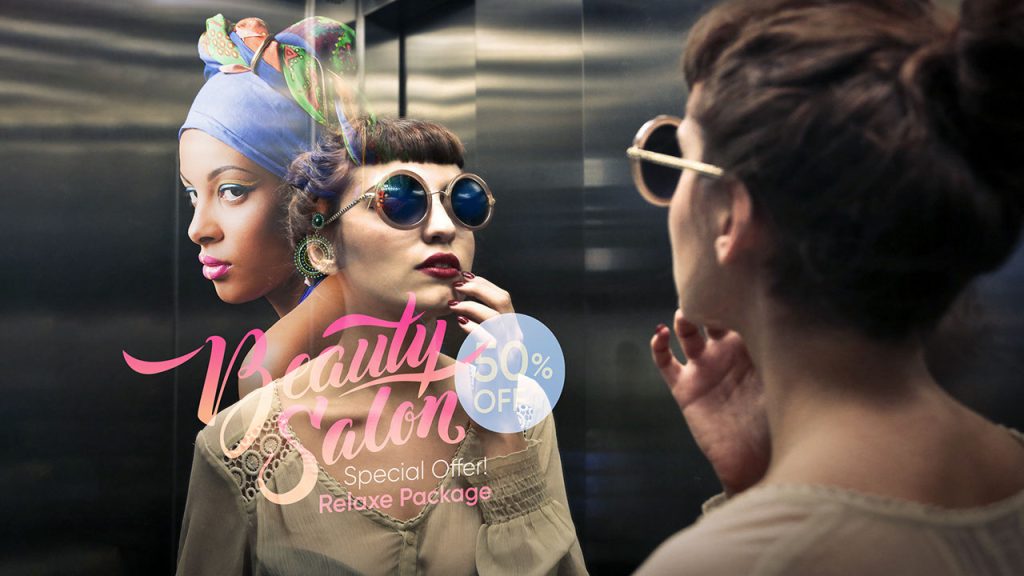
Get more of Elevator World. Sign up for our free e-newsletter.
